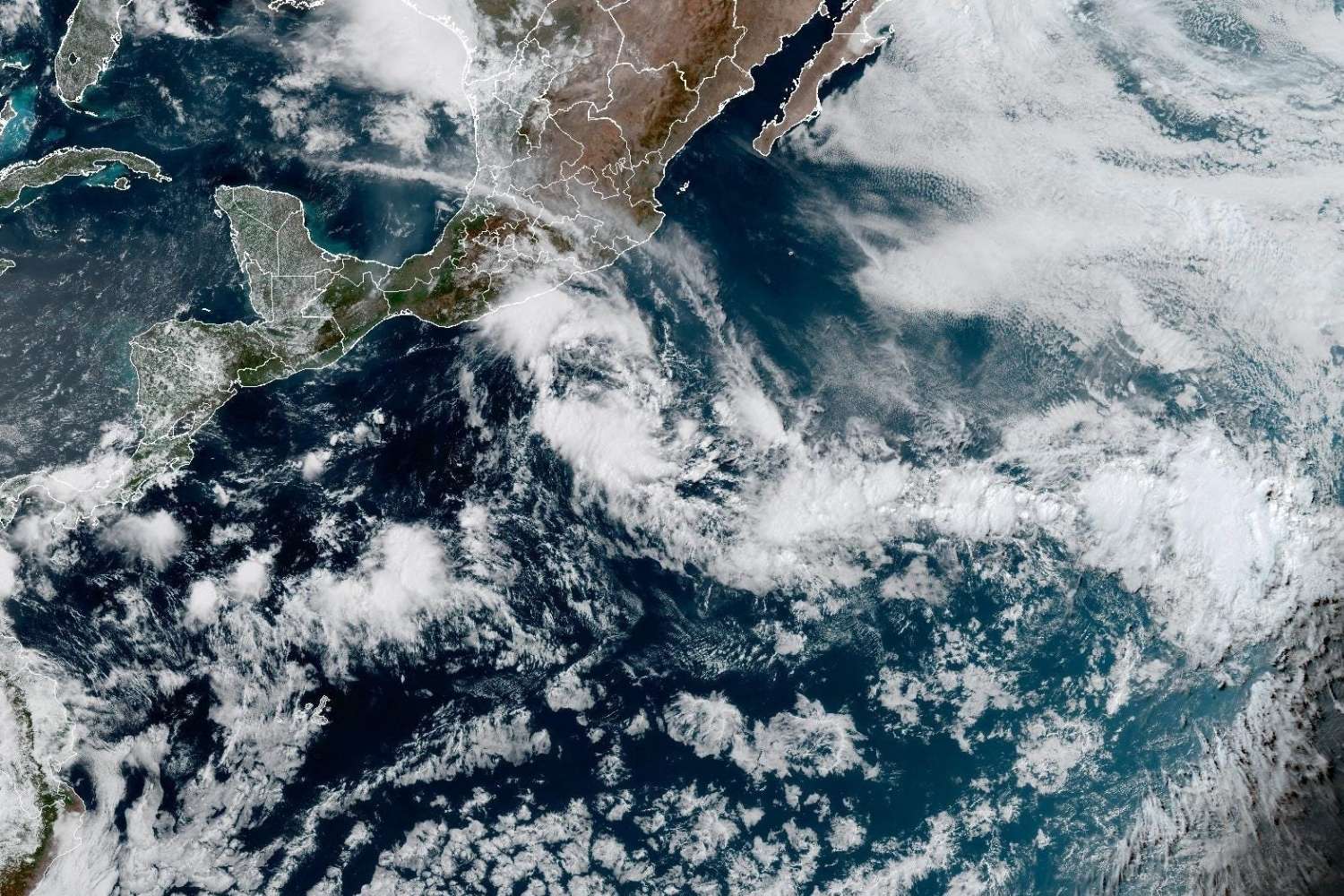
Tropical Storm Alvin 2025 might sound like just another name on the list of storms, but there's more to it than meets the eye. Did you know that Alvin formed unusually early in the season? This storm, which brewed in the Eastern Pacific, caught many by surprise with its rapid development. Why should you care? Understanding Alvin's behavior can help us better prepare for future storms. From its wind speeds to its impact on coastal regions, Alvin's story is packed with interesting details. Ready to learn more? Let's dive into 15 fascinating facts about Tropical Storm Alvin 2025.
What is Tropical Storm Alvin?
Tropical Storm Alvin, a fascinating weather phenomenon, made headlines in 2025. This storm, like many others, formed in the Eastern Pacific Ocean and had unique characteristics that set it apart. Let's dive into some intriguing facts about this storm.
-
Formation Date: Alvin formed on June 15, 2025, in the Eastern Pacific Ocean.
-
Category: It never reached hurricane status, remaining a tropical storm throughout its lifespan.
-
Peak Winds: The storm's peak winds reached 65 mph, making it a strong tropical storm but not quite a hurricane.
Path and Impact
Understanding the path and impact of Alvin helps us grasp its significance. This storm, while not the most powerful, still had notable effects.
-
Path: Alvin followed a west-northwest trajectory, staying mostly over open water.
-
Landfall: It did not make landfall, which minimized its impact on populated areas.
-
Rainfall: Despite not making landfall, Alvin brought heavy rains to parts of Mexico's coast, causing minor flooding.
Meteorological Significance
Alvin's characteristics and behavior provided valuable data for meteorologists. These insights help improve future storm predictions.
-
Rapid Intensification: Alvin experienced a brief period of rapid intensification, a phenomenon where a storm's wind speeds increase dramatically in a short time.
-
Dissipation: The storm began to weaken on June 20, 2025, and dissipated completely by June 22, 2025.
-
Sea Surface Temperatures: Warmer-than-average sea surface temperatures contributed to Alvin's formation and strength.
Technological Advances in Tracking
Advancements in technology played a crucial role in tracking and understanding Alvin. These tools provided real-time data and improved forecasts.
-
Satellites: Modern satellites provided detailed images and data, allowing meteorologists to monitor Alvin's development closely.
-
Drones: Unmanned aerial vehicles, or drones, were used to gather data from within the storm, offering new insights into its structure.
Historical Context
Placing Alvin within the broader context of tropical storms helps highlight its uniqueness and similarities to past storms.
-
Naming: Alvin was the first named storm of the 2025 Eastern Pacific hurricane season.
-
Comparison: Compared to other storms in the same season, Alvin was relatively mild, with no fatalities or significant damage reported.
Environmental Impact
Tropical storms like Alvin can have lasting environmental effects, even if they don't make landfall.
-
Marine Life: The storm's churning waters can disrupt marine ecosystems, affecting fish and other sea creatures.
-
Coastal Erosion: Strong waves and currents generated by Alvin contributed to coastal erosion along parts of Mexico's coastline.
Final Thoughts on Tropical Storm Alvin 2025
Tropical Storm Alvin 2025 left a significant mark. With wind speeds reaching 70 mph, it showed nature's power. The storm formed in the Eastern Pacific, moving westward, and thankfully, it didn't make landfall. This spared many from potential devastation. However, it did disrupt marine activities and caused rough seas.
Alvin's rapid intensification was notable, catching meteorologists' attention. It highlighted the importance of monitoring weather patterns closely. The storm also served as a reminder of climate change's impact on weather systems. Warmer ocean temperatures can lead to more intense storms.
Preparedness remains key. Communities must stay informed and ready for such events. Alvin 2025, while not catastrophic, underscored the need for vigilance. Understanding these storms helps in better forecasting and response. Stay safe, stay informed, and always respect nature's might.
Was this page helpful?
Our commitment to delivering trustworthy and engaging content is at the heart of what we do. Each fact on our site is contributed by real users like you, bringing a wealth of diverse insights and information. To ensure the highest standards of accuracy and reliability, our dedicated editors meticulously review each submission. This process guarantees that the facts we share are not only fascinating but also credible. Trust in our commitment to quality and authenticity as you explore and learn with us.
